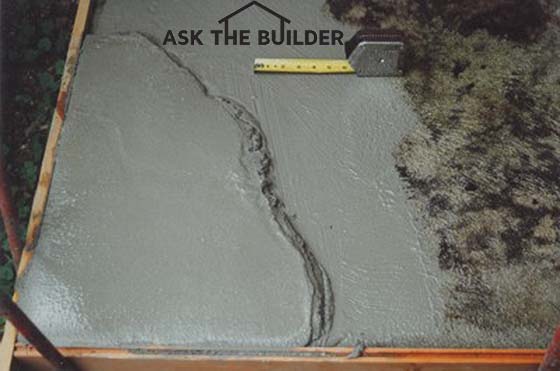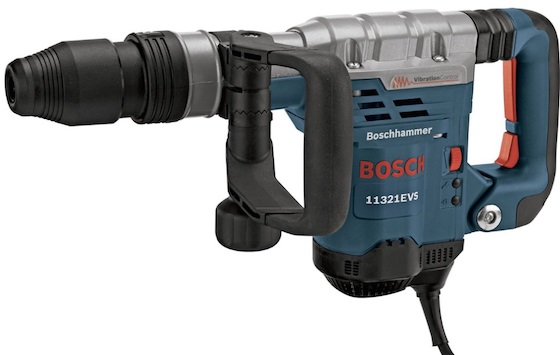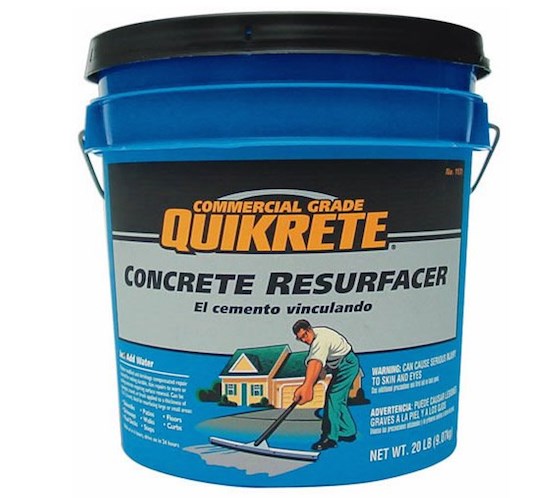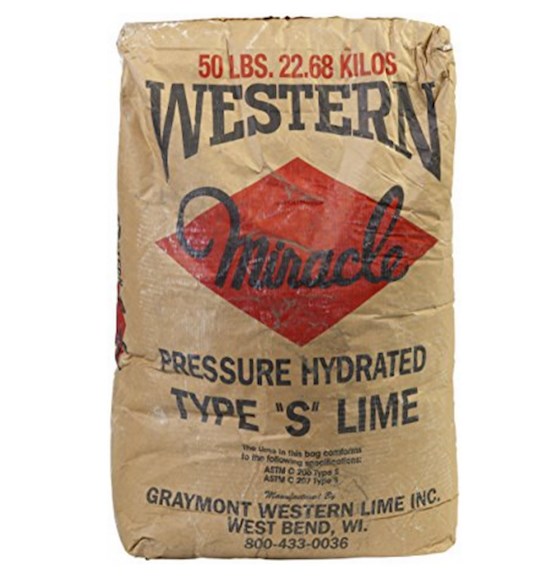Resurfacing Concrete

Here's an overlay on a small concrete slab. You can see the form boards that allow you to get the top in the same plane. There's a nice coat of cement paint that bonds the new overlay to the old concrete. (C) Copyright 2017 Tim Carter
Concrete Resurfacing TIPS
- Repairs last for decades if done right
- Remove loose material
- WATCH secret cement paint video below
- Add hydrated mason's lime
- CLICK HERE to Get Tim's FREE & FUNNY Newsletter!
DEAR TIM: Is it possible to add an additional layer of thin concrete on top of an existing concrete surface? My concrete patio and front porch are scaling and there are patches where the top surface has deteriorated. The rest of the concrete looks fine. Can the average homeowner successfully complete such a job? Marcia D., Helena, MT

CLICK this image and listen to the first story - Vic has a gorgeous patio on the back of his house. One part of the patio has sunken down. I've got the fix.
DEAR MARCIA: Resurfacing concrete with an overlay over existing concrete surfaces is a fantastic way to extend the life of a driveway, sidewalk, patio or porch. Believe it or not, this is a great DIY project if you just practice first on a smaller concrete slab.
Super Strong
The new surface will be durable and certainly more long lasting than the original finish if you diligently follow a few simple steps. The best part is that the material cost is minimal and you can do the work on different days to suit your schedule. I believe you can tackle this project if you take your time.
Remove Loose Material
The most important step in the process is to make sure that all loose concrete material is removed. Weak concrete can be removed by hand with a chisel and hammer or you can rent a lightweight demolition chipping hammer that blasts away material.
CLICK HERE to get FREE & FAST BIDS from local concrete contractors that do overlays.

This is a great demolition hammer tool to chip out rotten concrete. If you've got a bigger job that's going to last a few days, you should BUY one, keep it in good shape and then SELL it on Craigslist once done. This will be cheaper than renting one. CLICK THE IMAGE NOW TO BUY THIS GREAT POWER TOOL. I own one just like it.
Industrial-strength power washers can also be used. The concentrated stream of water removes weak concrete. The surface that will receive the overlay must be clean, oil and dust free.
Low Angle
Hold the wand close to the concrete at a low angle and use it much like a paint scraper trying to get the water jet spray under the thin layers of peeling concrete.
Thickness Matters
Before you purchase the materials for the job you need to decide how thick the overlay will be. If the thickness will be 3/4 inch or less you will not need any small stone aggregate. The size of stone in concrete mixes is very critical.
1/3 Rule
The maximum diameter of any stone in a concrete mix should never exceed 1/3 the thickness of the pour. Small pea gravel often has stones larger than 1/4 inch in diameter, thus it can only be used in overlays that are greater than 3/4 inch thick.
Ultra-Thin Overlay
Overlays can be as thin as 1/16th inch thick. In these instances you would use fine sand mixed with Portland cement. You can purchase these products already premixed in a bag or pail. You just need to add water.

This is a resurfacer material that's premixed. You just follow the instructions on the label. Remember, it's just for THIN overlays. CLICK THE IMAGE NOW TO ORDER THIS PRODUCT.
If you decide to mix your own, realize that sand purchased from a traditional gravel pit or building supply yard often is available in three grades: fine, medium and coarse.
Coarse sand has very small stones in it that can be as large as 1/8 inch in diameter. This sand is perfect for one half to 3/4 inch thick overlays.
For a thin overlay, you need to get fine sand.
Form Boards
Before you mix any material you need to set up some small form boards. Use furring strips that are braced against the sides of the existing concrete work. The top of these pieces of lumber should be set at the final height of the overlay.
It's not necessary to attach them to the existing slab. Simply drive stakes next to the furring strips to pinch them against the existing concrete work.
CLICK HERE to get FREE & FAST BIDS from local concrete contractors that do overlays.
More Cement = Better Job
If your overlay will just contain sand and cement, make the mixture rich. Simply mix the two parts sand and one part cement together before you add any water. If you decide to do a thick overlay, here's the recipe I'd use:
- 3 parts rounded gravel
- 2 parts sand
- 1.5 parts cement
Feel free to add another half measure of cement for an extra strong overlay. You should add enough water to the mix to make the mixture plastic. It should flow out of a wheelbarrow like pancake batter pours from a bowl.
Secret Ingredient - Lime
If you want to really make the overlay mixture sticky, then consider adding hydrated mason's lime to the overlay mixture. Lime is one of those magic ingredients that's rapidly becoming myth. This happens in construction. Some great methods and materials transform from history, to legend to myth.

This is excellent hydrated lime. It's a fine white powder and it's going to look great on your home. CLICK THE IMAGE TO ORDER SOME RIGHT NOW.
This is the recipe you need if you decide to use lime:
- 3 parts rounded gravel
- 2 parts sand
- 1.5 parts cement
- 0.5 part hydrated lime
Cement Paint
To permanently bond the overlay to the old concrete, apply a cement paint to the old concrete. This paint is made by simply mixing Portland cement and water until it is the consistency of paint. Don't allow the cement paint dry on the existing concrete. It must be covered with the overlay mix within minutes of being applied.
Cement Paint Video
Watch the first three minutes of this video to see how easy it is to mix cement paint. You just need a bag of pure Portland cement.
Best Weather
The best weather to perform this work is when the temperatures are in the 50 - 60F range. Overcast days are ideal. You want the resurfacing to set up slowly. You apply your final finish to the overlay when the material is somewhat firm.
IMPORTANT TIP: Don't sprinkle water on the surface as you finish it. This will weaken the top skin of concrete. Tightly cover the finish slab with plastic to cure it or spray a clear curing compound on it so that the overlay cures very slowly. This will allow the concrete to attain maximum strength.
CLICK HERE to get FREE & FAST BIDS from local concrete contractors that do overlays.
Column 379
13 Responses to Resurfacing Concrete